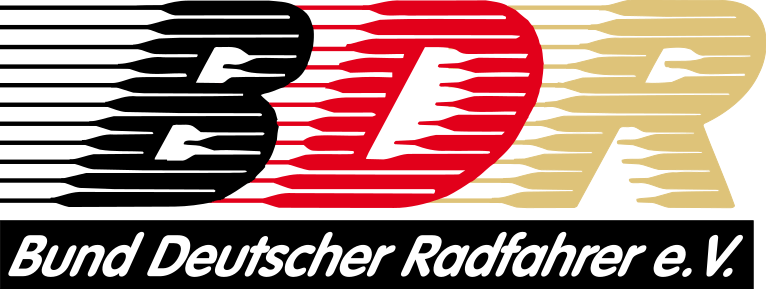The influence of blood removal on pacing during a 4-minute cycling time trial
(Der Einfluss von Blutentnahme auf die Renntempogestaltung während eines 4-Minuten-Zeitfahrens)
Purpose:
To examine the influence of manipulating aerobic contribution after whole-blood removal on pacing patterns, performance, and energy contribution during self-paced middle-distance cycling.
Methods:
Seven male cyclists (33 ± 8 y) completed an incremental cycling test followed 20 min later by a 4-min self-paced cycling time trial (4MMP) on 6 separate occasions over 42 d. The initial 2 sessions acted as familiarization and baseline testing, after which 470 mL of blood was removed, with the remaining sessions performed 24 h, 7 d, 21 d, and 42 d after blood removal. During all 4MMP trials, power output, oxygen uptake, and aerobic and anaerobic contribution to power were determined.
Results:
4MMP average power output significantly decreased by 7% ± 6%, 6% ± 8%, and 4% ± 6% at 24 h, 7 d, and 21 d after blood removal, respectively. Compared with baseline, aerobic contribution during the 4MMP was significantly reduced by 5% ± 4%, 4% ± 5%, and 4% ± 10% at 24 h, 7 d, and 21 d, respectively. The rate of decline in power output on commencement of the 4MMP was significantly attenuated and was 76% ± 20%, 72% ± 24%, and 75% ± 35% lower than baseline at 24 h, 21 d, and 42 d, respectively.
Conclusion:
Removal of 470 mL of blood reduces aerobic energy contribution, alters pacing patterns, and decreases performance during self-paced cycling. These findings indicate the importance of aerobic energy distribution during self-paced middle-distance events.
© Copyright 2017 International Journal of Sports Physiology and Performance. Alle Rechte vorbehalten.
| Schlagworte: | Radsport Taktik Geschwindigkeit Biochemie Sportphysiologie Energiestoffwechsel |
|---|---|
| Notationen: | Biowissenschaften und Sportmedizin Ausdauersportarten |
| Tagging: | Pacing Zeitfahren |
| DOI: | 10.1123/ijspp.2015-0778 |
| Veröffentlicht in: | International Journal of Sports Physiology and Performance |
| Veröffentlicht: |
2017
|
| Jahrgang: | 12 |
| Heft: | 8 |
| Seiten: | 1085-1092 |
| Dokumentenarten: | Artikel |
| Sprache: | Englisch |
| Level: | hoch |
